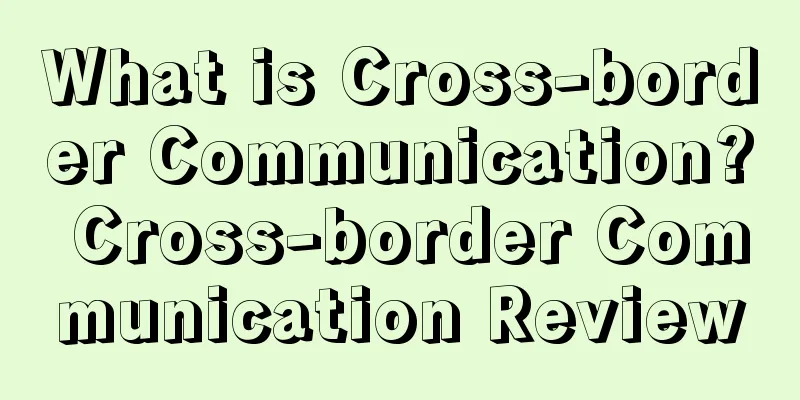Sellers familiar with Amazon should know that Amazon has a certain traffic tendency for newly released products, especially in the first 2-3 weeks after the product is released. Your product will be displayed more in the search results and ranked faster than usual. This stage is also called the golden period of new product traffic. How can sellers make good use of this stage to maximize the effect? You can start from the following aspects. During the support period after new products are launched, after the seller uploads the product, Amazon search engine will use the keywords and hot search information of our products, and then promote the new products according to the buyers' "buy again and buy" and "watch again and watch" after purchase. If a large number of users click on and buy your product during this period, Amazon will increase the traffic tilt to the new product. Increased sales drive rankings, rankings bring more traffic, and orders increase again, which can be said to be a virtuous circle.
Follow Amazon’s initial rules for attracting traffic to new products, and seize the opportunity to focus on the “traffic + optimization” model. Step 1: Optimize your product listing. (1) Key points of new product titles:
Title weight: Descending from left to right
Title layout: core keywords first, brand in the middle, selling points at the end
Title character count: 80-120 characters suitable for PC and mobile phones
Note on the title: embed 2-3 core keywords
Title formula: core keyword + product attribute + main feature + variant (the brand can be written before the core keyword or at the end of the title)
(2) Key points for search terms when listing new products: Write 100-200 more in the early stage and gradually reduce them in the later stage
Use isellerpal to analyze keywords and capture competitor keywords
Hide keywords to avoid competition. Some big sellers will bury a lot of invisible keywords in their listings. The benefits of doing this are: first, it increases the chance of their products being searched; second, it keeps a clean and tidy listing interface to give customers a good impression.
Note: After uploading, you should check the overall effect on your mobile phone. Beautiful layout will make customers want to buy. (3) Five selling points for new products: Write out the biggest selling point of the product, maximize the advantages and stimulate the desire to buy
State the differentiated features of other products on the market and highlight the competitive advantages
Write down the customer's psychology and expectations (obtained from QA and review)
Product application range
Product quality assurance ensures no worries
Image requirements: The background of the main image must be pure white (RGB: 255, 255, 255), the product must occupy approximately 85% of the image space, and the pixels must be 1001 x 1001 (with zoom function to view product details). For products with variants, both the parent and child products must have a main image.
Picture layout: first picture with white background, selling point picture, function picture, scene picture, and packaging picture.
Note on pictures: The selling points and pictures should be connected and form a strong connection
Amazon A9 will grab the listing based on the reference and show it to the corresponding buyers, so sellers should fill it out as much as possible. The copywriting of a product should write out the product's features, product parameters, and product introduction. Sellers with A+ pages should pay attention to high-definition scene pictures with both text and pictures. Optimized A+ pages can increase conversion rates by 40%.
Step 2: Reduce prices and do buy-one-get-one-free promotions During the new product support period, our products will get a certain amount of exposure, and price and free gifts are important factors in stimulating orders. We can fully utilize this time to promote price reductions, so that our products can gain some orders and get some reviews, which are the basis for our subsequent optimization of listings. When our supported traffic is coming to an end, or sellers want to be noticed quickly after their products are put on the shelves, we can bundle our new products with our other best-selling products, and use discount links and other methods to attract consumers who are paying attention to hot-selling products to pay attention to our new products. At the same time, with the strength of preferential promotions, we can also bring attention and sales to our new products. Before developing a product bundling strategy, understand the buyer’s purchasing behavior, as this will help you find ideal bundled products that have a positive impact. In addition, you can check “Frequently bought together” in your product listing to understand the products that buyers buy at the same time as your product. Step 4: Enable in-site advertising During this support period, it is most appropriate to invest. Although there is a free tilt, placing advertisements yourself can be said to be even more powerful. It will not only bring traffic and sales, but also improve Amazon's evaluation of your products. Your ranking will go up, and the tilt of the free support period will be even greater. Things to note when opening in-site advertising: (1) Before launching in-site advertising for new products, the listing must be in place; (2) Review optimization is best done after a new product is launched and before an advertising campaign is launched. It is best to ensure that there are 5-15 reviews, and the star rating should be above 4.5 points. This will ensure the most basic conversion rate and ensure that the advertising is effective. (3) When launching a new product, the primary purpose is to gain exposure and traffic, and to use exposure, clicks, and conversions to awaken the Amazon system to your product. Therefore, the bidding for the ad must be in place. (4) Generally, you can collect advertising data for analysis every 20 days or so. For keywords with high click-through rates but low conversion rates, you can analyze their relevance to the product. If the relevance is weak, you can directly deny it. The existence of such keywords is a waste of advertising fees. For keywords with high click-through rates but low conversion rates, and the relevance between the keywords and the product is strong, you can observe such keywords for another period of time. |










